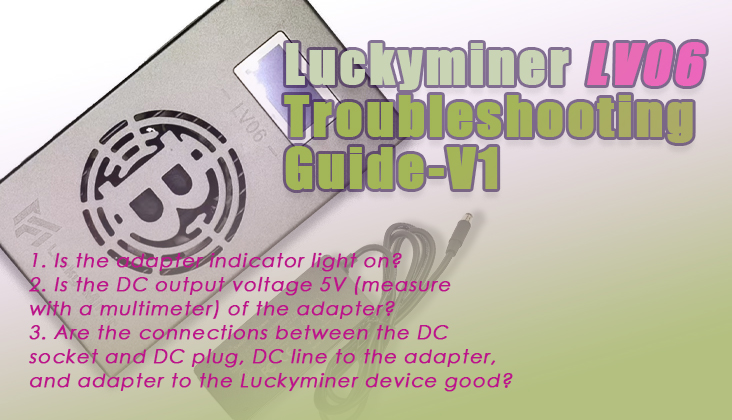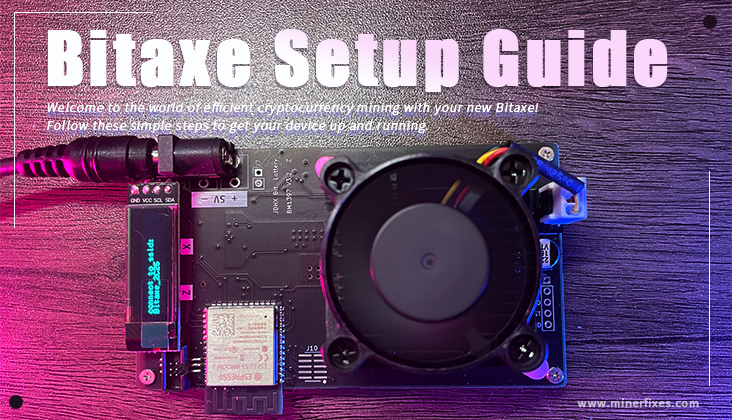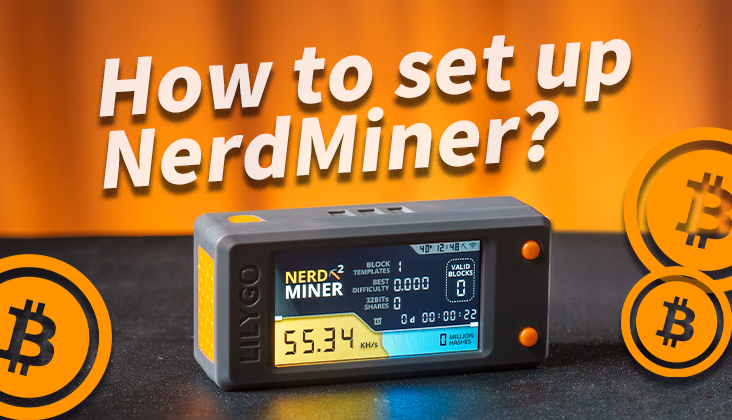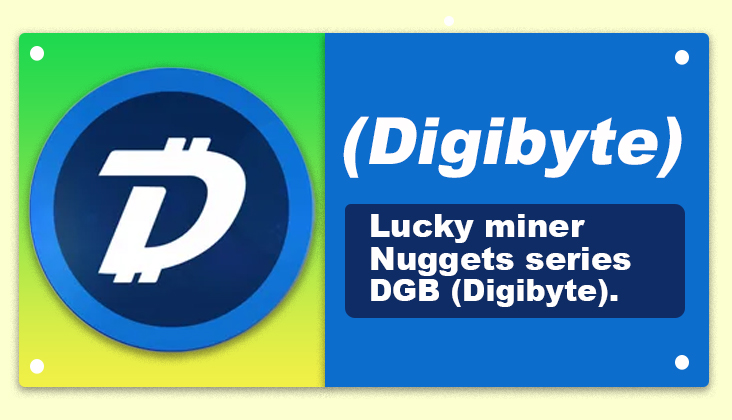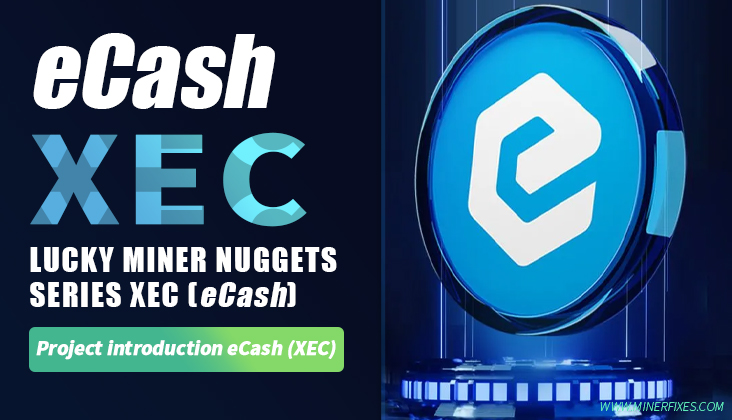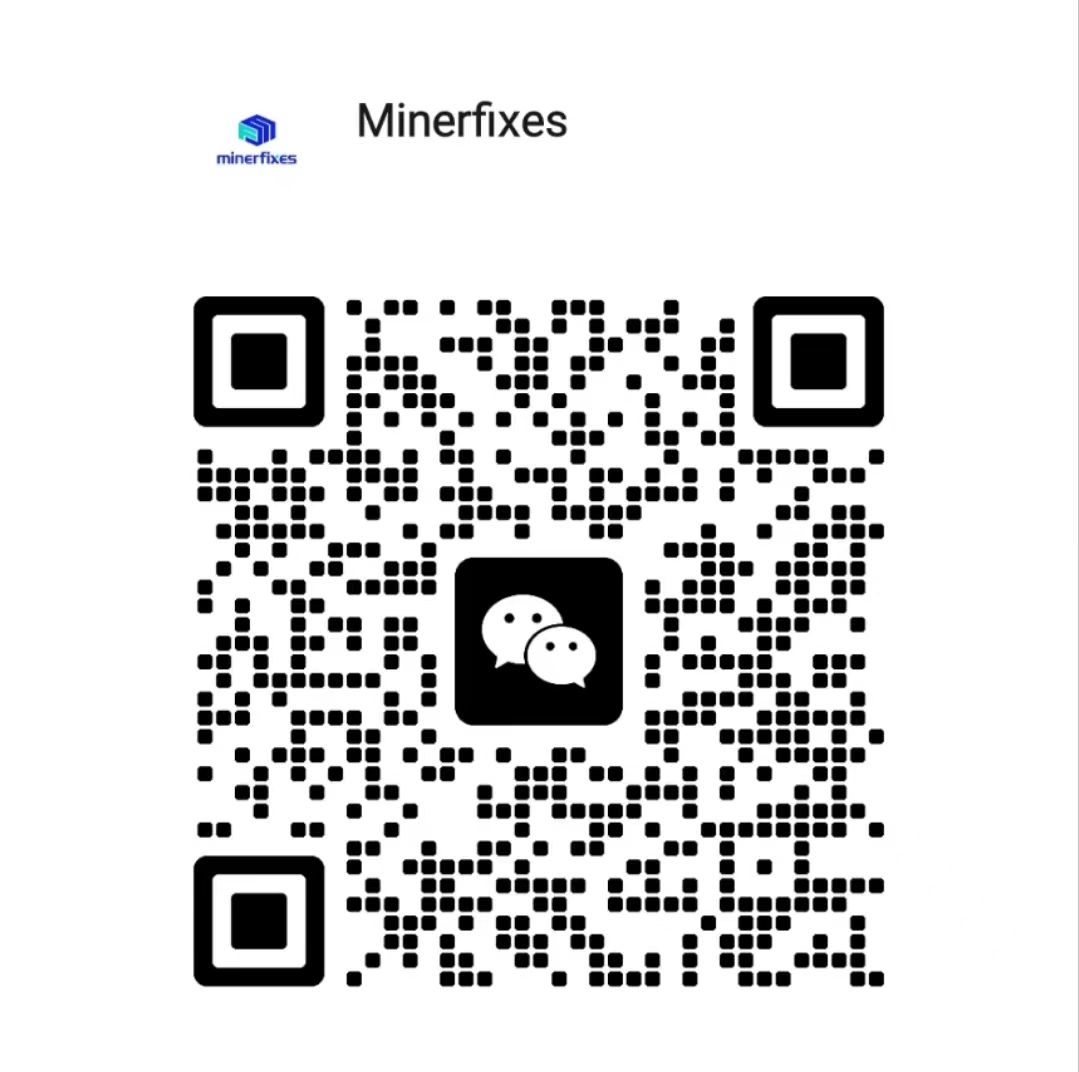1. What is an LTC Wallet Address?
An LTC (Litecoin) wallet address is a unique identifier used to send and receive Litecoin transactions, similar to a bank account number in traditional finance. It consists of a string of letters and numbers, and there are several types of LTC wallet addresses, including:
-
P2PKH (Pay to Public Key Hash): Legacy addresses that start with 'L'. These are the original Litecoin addresses and are widely supported.
-
P2SH (Pay to Script Hash): Addresses that start with 'M'. They are used for multi-signature transactions and other advanced features.
-
Bech32 (SegWit): Native Segregated Witness addresses that start with 'ltc1'. They offer benefits like lower transaction fees and improved network efficiency.
2. How to Create and Manage an LTC Wallet
To create and manage a Litecoin wallet, follow these steps:
-
Choose a Wallet Type: Decide between hardware wallets (cold storage), software wallets, or online wallets (hot storage). Hardware wallets like Ledger provide enhanced security, while software wallets offer convenience.
-
Download and Install the Wallet: For software wallets, download the application from the official website or app store. For example, Trust Wallet supports Litecoin and is available on multiple platforms.
-
Create a New Wallet: Follow the on-screen instructions to set up a new wallet. This process typically involves generating a recovery phrase.
-
Secure Your Wallet:
-
Backup Your Recovery Phrase: Write down the 12-word recovery phrase and store it in a safe place. This phrase is crucial for recovering your wallet if needed.
-
Enable Security Features: Utilize features like two-factor authentication (2FA) and biometric locks if available.
-
Keep Software Updated: Regularly update your wallet software to benefit from security enhancements.
3. Using Your LTC Wallet Address
With your wallet set up, you can send and receive LTC:
-
Receiving LTC: Share your wallet address (e.g., starting with 'L', 'M', or 'ltc1') with the sender. Ensure the address is copied correctly to avoid errors.
-
Sending LTC: Enter the recipient's wallet address and the amount to send in your wallet application. Double-check the address before confirming the transaction.
4. How to Verify the Validity of an LTC Address:
-
Check the Address Format: Ensure the address starts with 'L', 'M', or 'ltc1', corresponding to P2PKH, P2SH, and Bech32 formats, respectively.
-
Use Wallet Validation Tools: Many wallets automatically validate addresses before processing transactions.
-
Send a Test Transaction: For significant amounts, consider sending a small test transaction first to confirm the address's validity.
By understanding the different types of LTC wallet addresses and following best practices for wallet creation and management, you can securely engage in Litecoin transactions.
Reference links,

 87556.28USD
87556.28USD 79.3USD
79.3USD 1.86USD
1.86USD 0.12USD
0.12USD 2929.14USD
2929.14USD 11.91USD
11.91USD 840.44USD
840.44USD 123.68USD
123.68USD 0.11USD
0.11USD 0.04USD
0.04USD 0.14USD
0.14USD
 Favorites
Favorites History
History
